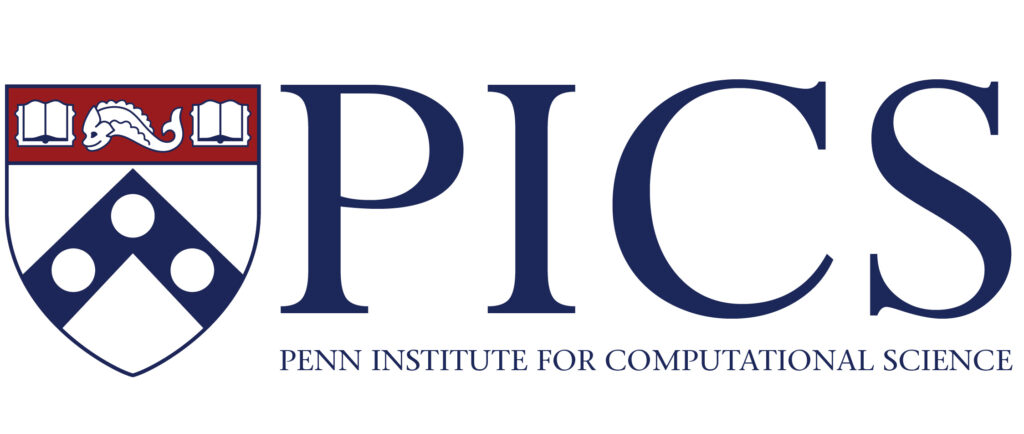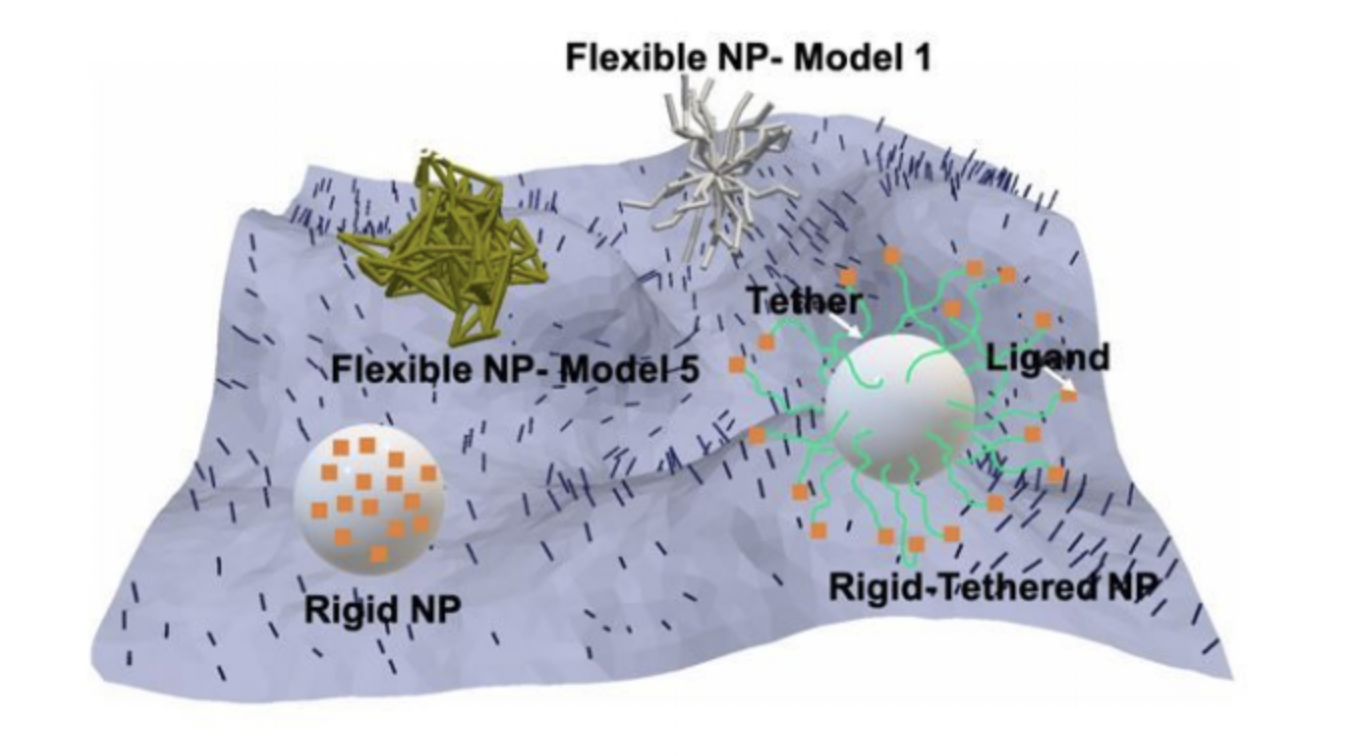Professor Ravi Radhakrishnan, Department Chair for BioEngineering and Professor Chemical and Biological Engineering, has a new paper available on Research Square.
Abstract: It is becoming evident that engineered physicochemical characteristics of nanoparticles (NPs) are essential to improve their biological function for their cellular delivery and uptake. How NP mechanical properties impact multivalent ligand-receptor mediated binding to cell surfaces, the avidity of NP adhesion to cells, and cooperative effects due to crowding remain largely unknown or unquantified, and how tuning NPs’ stiffness impacts their propensity for internalization is not clear. Here we focus on exploring the binding mechanisms of three distinct NPs that differ in type and rigidity (core-corona flexible NP, rigid NP, and rigid-tethered NP) but are otherwise similar in size and ligand surface density; moreover, for the case of flexible NP, we tune NP stiffness by varying the internal crosslinking density. We employed our recent spatial biophysical modeling of NP binding to membranes together with thermodynamic analysis powered by free energy calculations and show that efficient cellular targeting and uptake of NP functionalized with targeting ligand molecules can be shaped by factors including NP flexibility and crowding, receptor-ligand binding avidity, state of the membrane cytoskeleton, and curvature inducing proteins. Owing to this multitude of factors, we demonstrate that the binding

